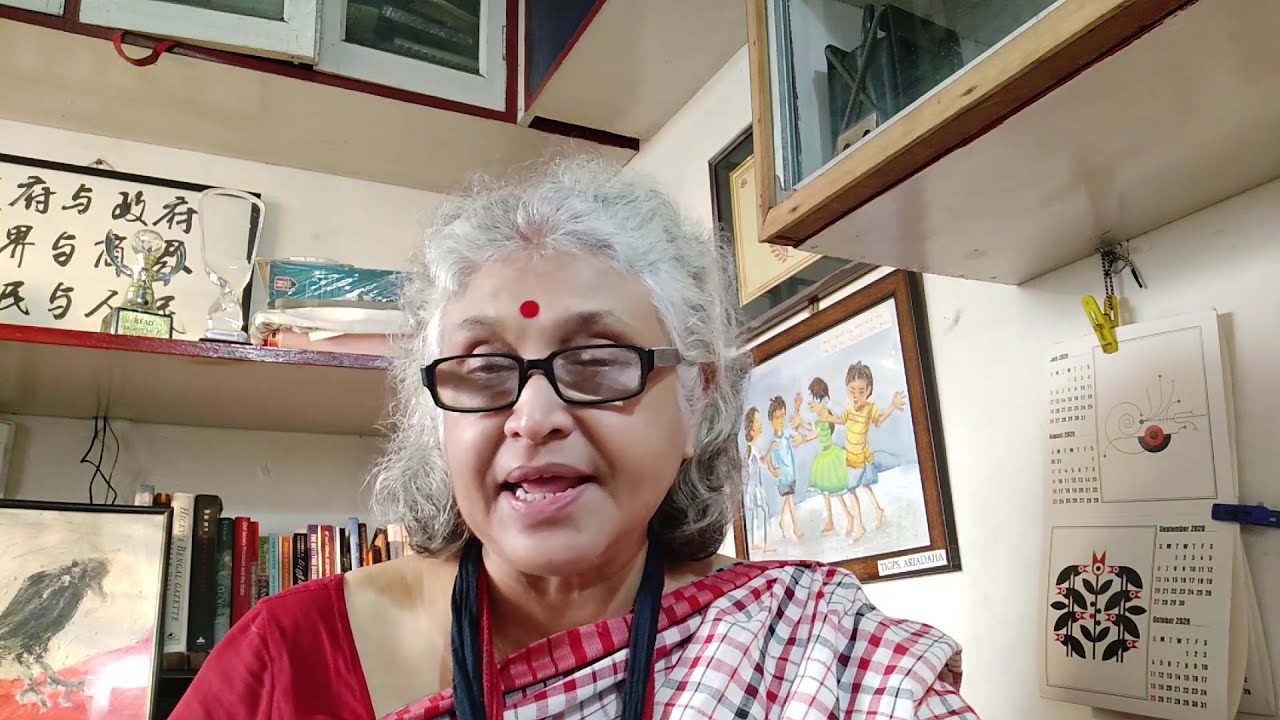Author: Subha Das Mollick
Institution: Bichitra Pathshala
Country: India
Topic: Innovation through MOOCs practices
Sector: Higher Education
UNESCO Area of Focus: Inclusive OER
Session Format: Presentation
Abstract
Are MOOCs the ultimate solution for leveling the playing field of higher education? Goal 4 of the 17 Sustainable Development Goals says “Quality education for all”. However, quality education happens with quality transmission and quality reception. When a MOOC is designed, at the transmission end all care is taken to ensure quality. But at the reception end, there are gaping holes leading to high dropout rates. For a course run by Coursera in 2015, 43,218 students had registered, of which 20,868 watched at least one lecture, 5,798 submitted at least one exercise and 1,688 certificates were issued.[1] That means only 3.9% of the learners finally qualified. The figures are not much better for the courses run in India on the SWAYAM portal, managed by MHRD, Govt of India. In a course run by this author, out of 371 enrolled students, only 47 took the self assessment tests and 12 submitted assignments regularly.[2] The reasons for dropouts and poor learning outcomes are many, ranging from lack of peer pressure to mismatch between expectation and delivery to a gaping cultural gap between instructor and learner.Although receiving a certificate may not be the ultimate goal of all learners who register for a course, this is an irrefutable indicator of the success of a course. The other indicators are the traces left by the learners as they browse through the course material, take up self assessment tests and participate in the discussion forums. These traces are a goldmine for researchers to understand learning patterns, categorize learners into types and fine tune the delivery process of MOOCs to suit diverse learners. According to the Constructivist theory of learning, every learner is unique. The learning process takes place through assimilation and accommodation. The teacher is merely a facilitator in enabling the learner to learn. The principal instructor (PI) of a MOOC cannot become the facilitator of 10,000 or even a thousand individual learners. But aided by AI, the gap between the teacher and learner can be reduced by a few paces.
This paper examines to what extent it is possible to offer personalized learning experience in a MOOC by adapting a blend of synchronous and asynchronous modes and also by developing AI algorithms to supplement the human presence of the teacher. The resource material for this paper has been drawn largely from the author’s personal experience of running three MOOCs on the SWAYAM platform and contrasting her experience and data generated in these MOOCs with those of a SPOC (Short private online course) recently conducted by her. The contrasting data point to some critical solutions for bridging existing learning gaps in MOOCs. Human and artificial intelligence working in tandem can fulfill the sustainable development goal of ‘quality education for all’.
[1]: Patrick Mukala et all, Uncovering Learning Patterns in a MOOC
through Conformance Alignments, Department of Mathematics and Computer Science
Eindhoven University of Technology
[2]: Subha Das Mollick, Inclusive Education through Technology: Paper presented at MCSD Seminar at Viswa Bharati University in February 2019
Keywords
Massive Open Online Courses, Personalized learning, Constructivist learning, Synchronous mode of learning, Asynchronous mode of learning, Big data mining, Artificial intelligence

